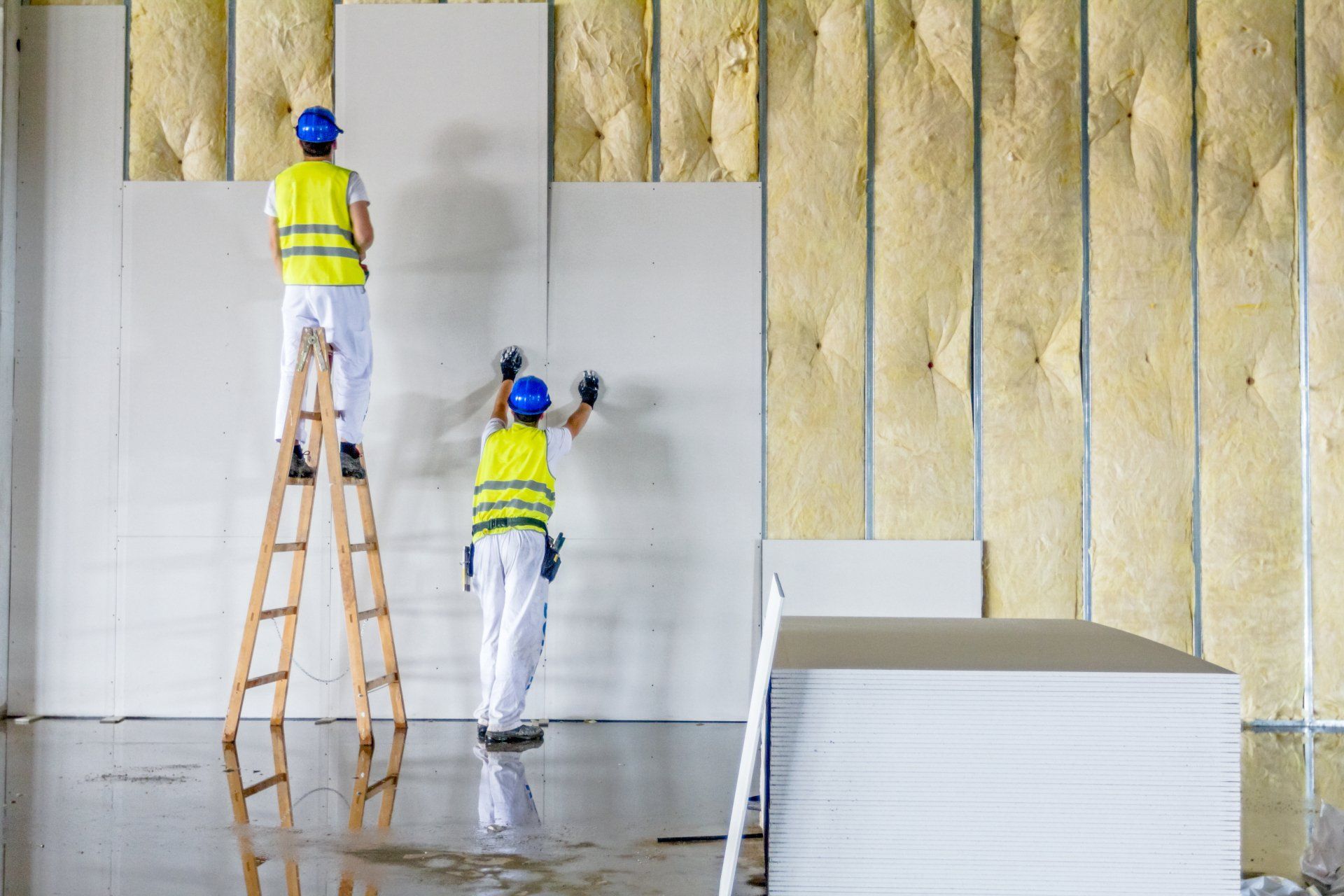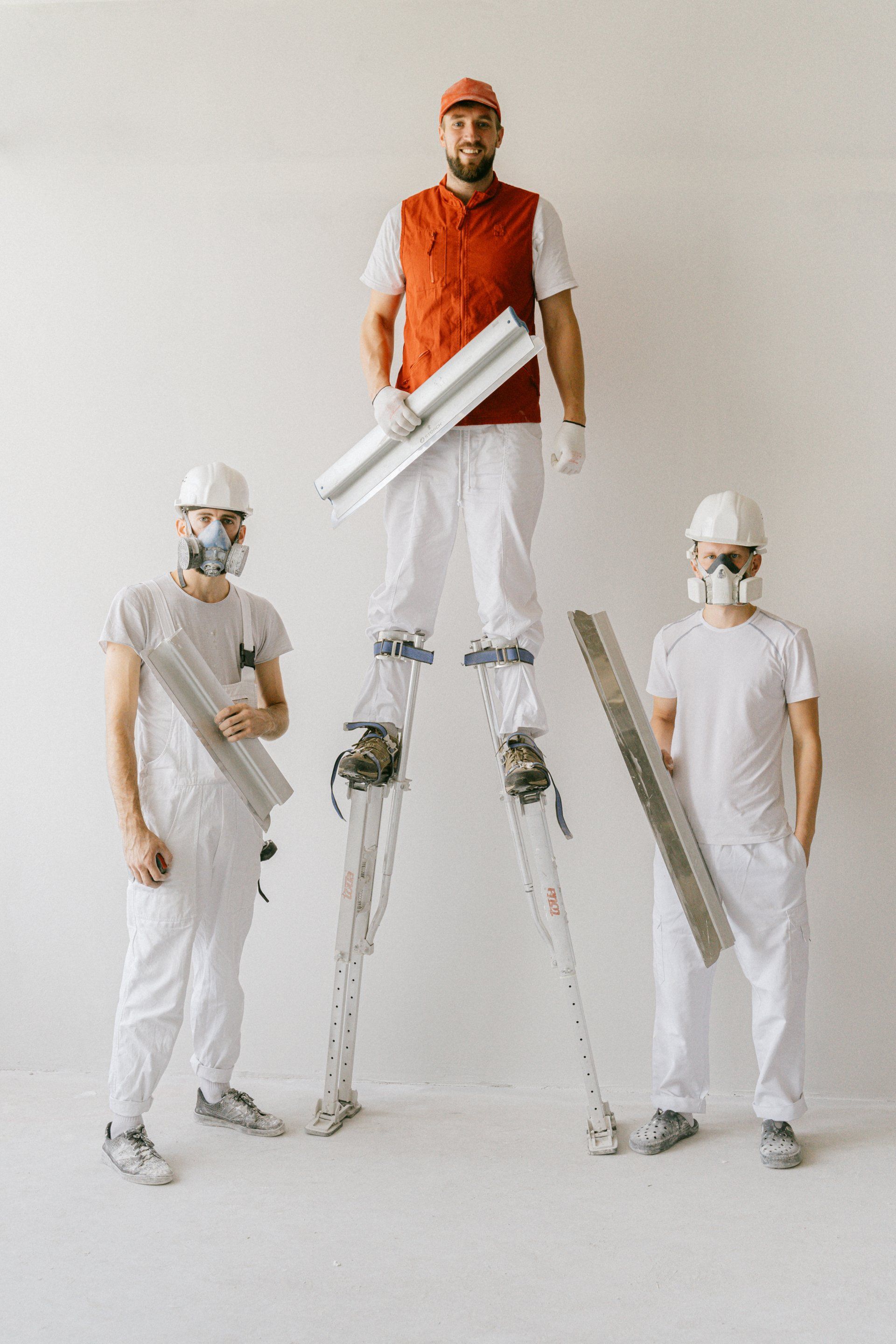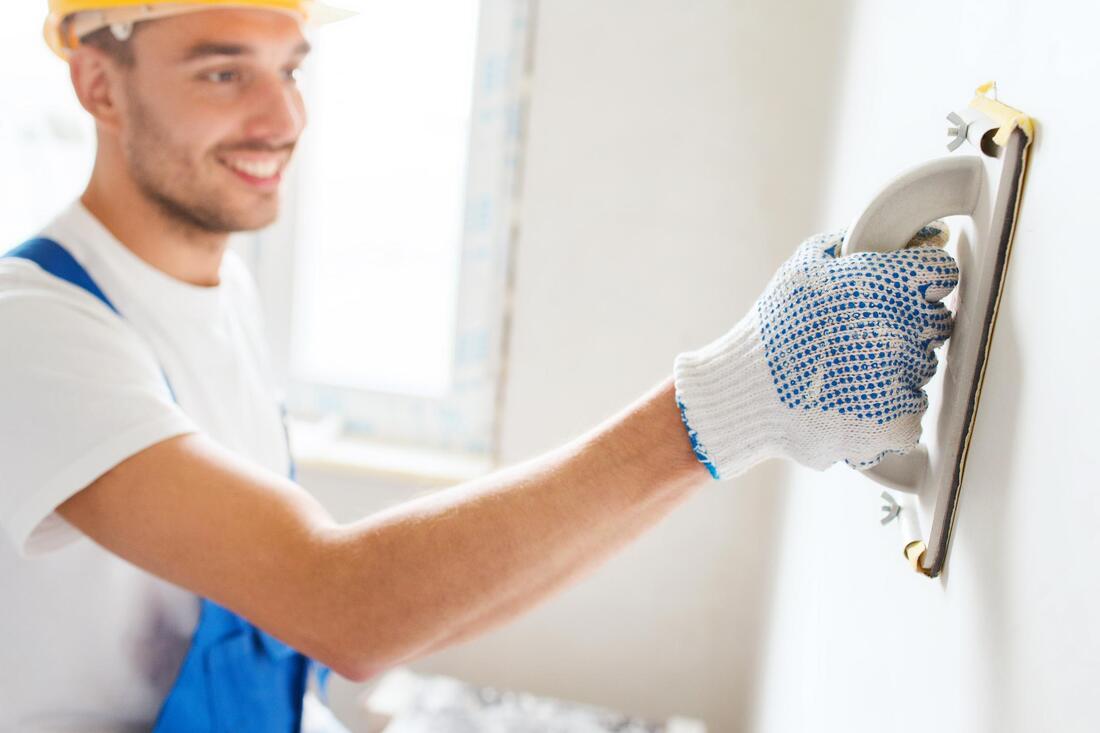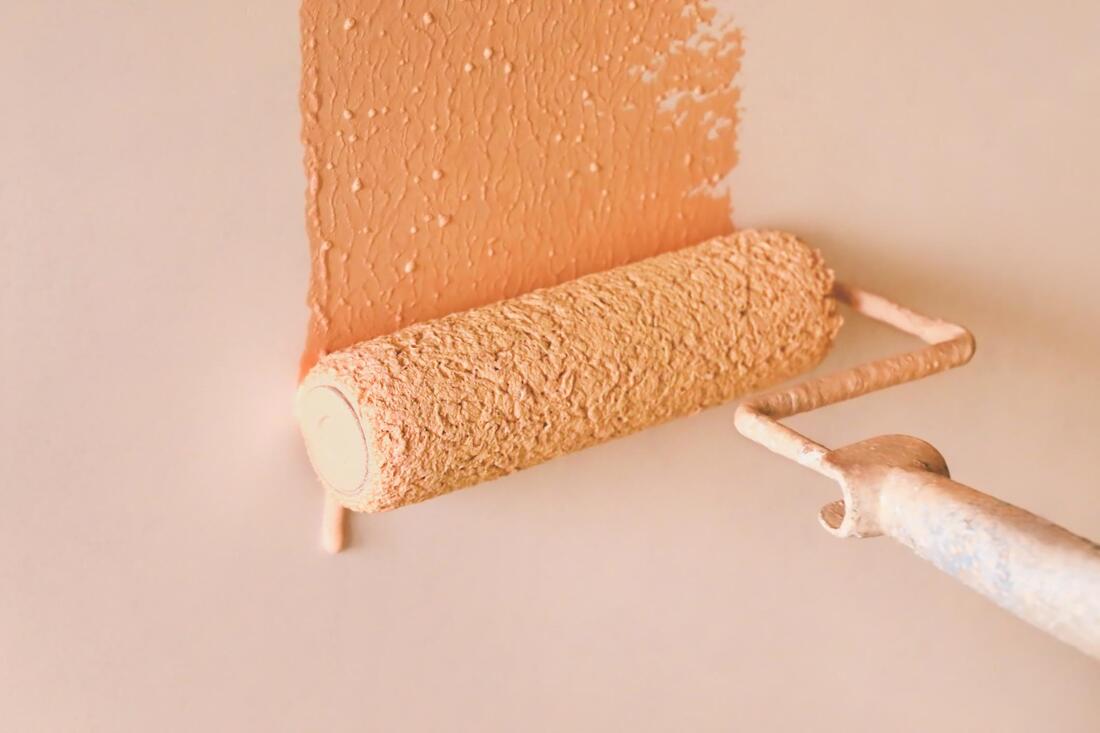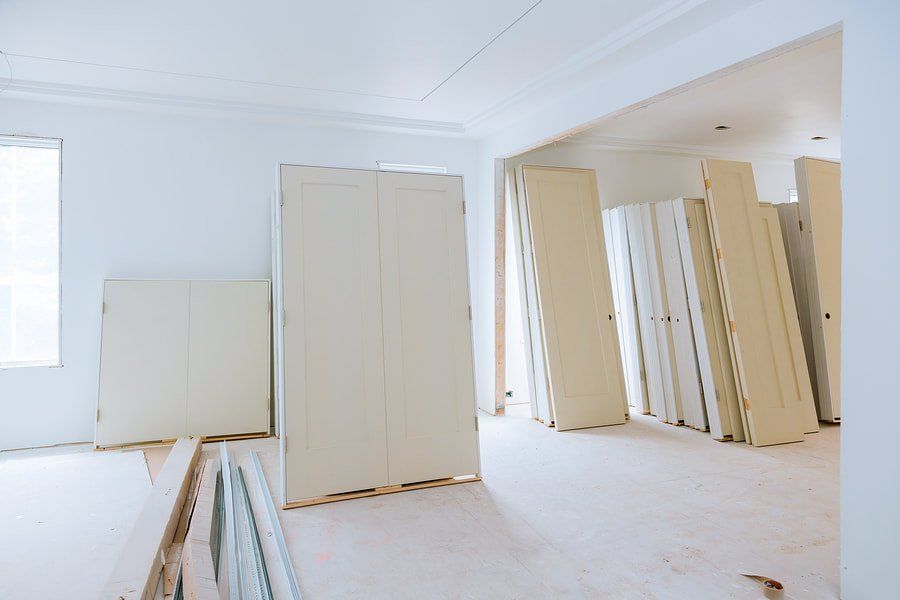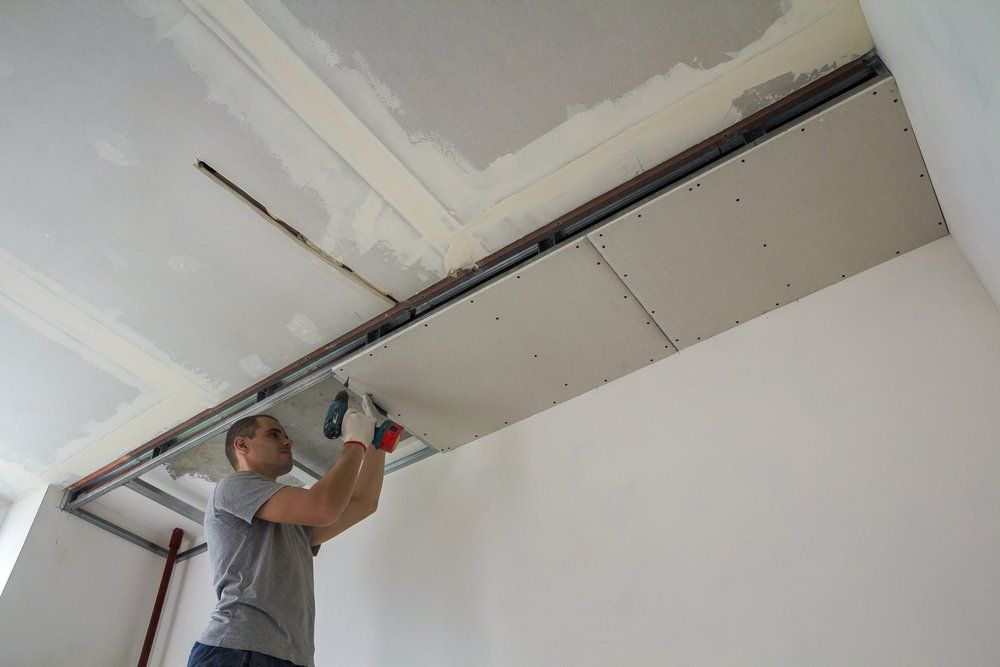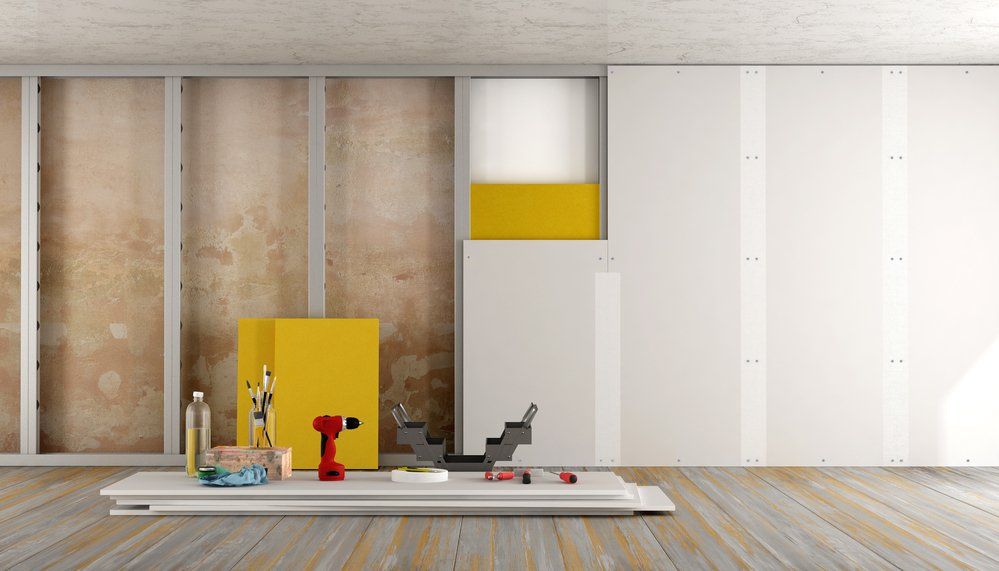Why It Is Important to Prime Before Painting Drywall
Why It Is Important to Prime Before Painting Drywall
Any painter in Orange County, CA, will always recommend using a primer before painting your drywall. Yet many do-it-yourselfers find it hard to believe that priming is not an optional step. However, it is important to prime any drywall before painting it for good reasons, the most important being that priming enhances paint adhesion.
Priming is a crucial part of drywall finishing. It is a part of Level 4 of drywall finishing, where the dried compound applied to the tapes and screws is sanded. Priming comes before painting the drywall or before covering it with wallpaper.
Here are the reasons why it is important to prime before painting drywall:
Priming Enhances Paint Adhesion
One of the best things about primers is that they help paint stick well. Think of the primer as the glue that makes the paint stick to the surface. And that's good news because it means the paint will last much longer.
On top of that, whatever paint color you choose will stand out because the drywall won't absorb it. Priming is especially important if you are going to be painting dark colors on your newly installed Orange County drywall. If you do priming right, your paint colors won't fade quickly.
Also, one last thing. Because priming makes paint stick better, it also makes it easier to clean the walls without changing the color. After priming, it's better to put on one coat than two coats without priming.
Priming Seals the Drywall
Every drywall primer contains polyvinyl acetate, which you also have in a carpenter's glue. This glue majorly does one thing — seal the drywall paper.
Without it, paints that are water-based and have a latex binder would soak into the porous material unevenly, leaving spots and rough spots that are easy to see. Because the joint compound is even more porous than drywall paper, the effect is even stronger where you've used it to cover seams and screw heads. Most of the time, blotchy spots need more coats of paint, and paint costs more than primers.
Priming Saves Time and Money
It's tempting to skip priming and start painting your house or office. But of what purpose is skipping priming when you would have to spend extra time with the extra coating?
You see, skipping priming already sounds pointless. Since you would have to use extra coating, it is important to prime the drywall before painting it. Primers save time, even though most people think they are a waste of time.
Also, money. Why? Because they speed up the drying of topcoats. If you don't prime, the paint will soak into the material and take a lot longer to dry. The point is that priming makes the job faster, and it saves you the cost of buying extra paint. As we said earlier, paint costs more than primers. And you won't try too hard to cover flaws.
Priming Helps Us Achieve a Uniform Color and Shine
Because polyvinyl acetate (PVA) primer leaves a seal on the surface of the drywall, the paint will cover the way it should, and the color will come out as expected. If you don't use a primer, the topcoat will have less pigment, which means that too much pigment will soak into the drywall. This makes the final color lighter than it should be, and it may look washed out in some places. Also, if you use a semigloss or low-gloss paint as a topcoat, the sheen of the final finish may be chalky and not uniform.
How Drywall Primer Can Help Your Paint
It's hard to paint directly on new, just-finished drywall because the surface has three different textures, each of which soaks up paint at a different rate.
- In level 4 of drywall finishing, we give the tape and screws another coat of joint compound and sand the dried compound. Now, these tapes and screw holes tend to soak up paint.
- The back of Orange County drywall is made of paper. Paper soaks up paint because it is porous.
- When drywall paper gets sanded too much, the area near the mudded seams may have a rough, fuzzy surface that also tends to soak up paint.
When you paint directly on a finished, bare piece of wallboard, the different rates of absorption make the paint look mottled and streaked, with some areas showing through. This is called flashing. This unevenness will only go away after a lot of expensive layers of paint. Depending on the color and shine of the paint, it can take three or even four coats to get a smooth, even surface.
What Type of Primer Is Best to Use?
Primers are undercoats that are put on drywall (or other materials) to help paint stick better and make the results last longer. Most people use latex primers, but you should always ask your painter. Be careful about which primer you choose if you want to paint drywall a certain color. Choose tinted primers only if you are painting your drywall a dark color. But check that the tinted primer won't change the color of the wall.
What To Do Before Priming
We have established that before you paint your drywall, you need to put a coat of primer on it. Again, this is to make sure the paint goes on smoothly and stays on the wall for a long time without peeling. Before you put on your primer, go over the surface with a black cloth to make sure no dust is left behind.
A latex-based primer is the best kind of primer to use on drywall. That will give your walls a polished look and protect them from small nicks and dings that are easy to damage. A good primer will also help the paint on your walls soak in more evenly after you're done painting.
Start putting small strokes of primer on the drywall until the whole wall is covered. After that, let the primer dry, and then run your hand over the surface of the drywall to make sure there is no dust left.
